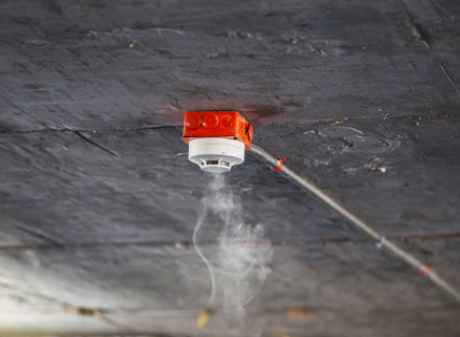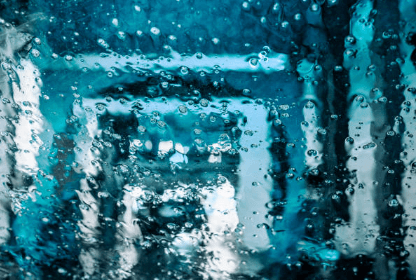In industrial environments differential pressure sensors play a crucial role in monitoring and controlling processes. These precision instruments ensure compliance with working conditions, safety standards and guarantee the quality of products. However, without proper maintenance, even the most robust sensors can lose performance and fail prematurely. In this guide, we provide you with valuable maintenance tips to help you optimize the performance and service life of your differential pressure sensors.
One of the most basic methods of ensuring the performance and longevity of differential pressure sensors in industrial sensor technology is to carry out regular inspections. The inspections are essential to identify problems early and prevent major failures. Inspections give you the opportunity to monitor the functionality of your sensors and ensure that they are operating within the specifications required for your processes.
All inspections should be carefully documented to enable traceability and contribute to the continuous optimization of maintenance intervals. Documentation can also help to identify trends and predict when maintenance will be required, rather than relying on reactive measures.
By paying attention to these aspects and establishing robust test routines, you can increase operational safety, avoid unexpected failures and effectively extend the service life of your differential pressure sensors - a benefit for the reliability and efficiency of any industrial application.
Optimum test intervals for differential pressure sensors
It is not possible to make a general statement about the optimum test intervals for differential pressure sensors, as these depend on several factors, such as the intended use and the ambient conditions. A common approach is to determine test intervals based on the manufacturer's recommendations, experience in the respective area of application and, if applicable, legal regulations.
In many cases, a six-monthly to annual inspection is appropriate, but this can vary depending on the application and shorter intervals may be recommended in some critical applications. The operating history of the sensor should be analyzed in order to precisely determine the inspection intervals. This includes recording and evaluating performance data and identifying patterns that could indicate a deterioration in sensor performance.
Process for checking and cleaning differential pressure sensors
During the inspection, the differential pressure sensors should not only be checked for functionality, but also for signs of physical damage such as cracks or corrosion. It is also important to check that the sensor connections are tight and free of corrosion, as this can affect the measuring accuracy.
Regular, careful cleaning of the sensors prevents blockages and measurement errors. Proceed as follows:
- Safety first: Before you start cleaning, make sure that the sensor is deactivated and disconnected from the power supply to avoid any risk of accidents. Observe all safety precautions in accordance with the manufacturer's instructions and your internal safety guidelines.
- External cleaning: First remove coarse dirt and dust with a soft, dry cloth or a special brush. Do not use hard brushes or tools that could damage the surface of the sensor.
- Gentle cleaning agent: For heavier soiling, you can use mild cleaning agents. Take care to avoid solvent-based or aggressive chemicals that could attack plastic parts or seals.
- Fine cleaning: Fine cleaning of the pressure connections and measuring channels requires special care. Sometimes compressed air is sufficient to remove dust and small particles. It is essential that no water or other cleaning agents penetrate the pressure connections, as this can lead to internal damage.
- Replacing the hose connections: Hose connections on differential pressure sensors can be replaced easily. Time-consuming cleaning is not economical in most cases.
- Drying: After cleaning, it is important to allow the sensor to dry completely before putting it back into operation. Moisture can cause corrosion and electrical malfunctions.
- Testing and calibration: Once the sensor is clean and dry again, a functional test should be carried out. Check whether the measured values have changed and whether recalibration is necessary.
Calibration of differential pressure sensors ensures accuracy
During the calibration process, a sensor is compared to a known pressure standard to identify and correct any deviations in its measurements. This step is critical, as even the smallest measurement deviations can lead to product quality problems, safety risks or inefficient processes.
For the differential pressure sensors from SEIKOM Electronic PTH series offered by SEIKOM Electronic:
- When calibrating, ensure that the sensor is in a pressure-free state.
- To do this, disconnect the two air hoses from the appliance.
- For safety reasons, each calibration is only carried out with ±5 Pa.
Calibration: Calibrate with calibration menu 1 (CAL1). Confirm with YES.
Reset to factory setting: Reset the PTH to the factory setting using calibration menu 2 (CAL2). Confirm with YES.
A proactive maintenance strategy not only prevents operational disruptions, but also maximizes the service life of your differential pressure sensors. Integrate these maintenance tips into your regular maintenance procedures to ensure the best possible performance of your valuable sensors.






